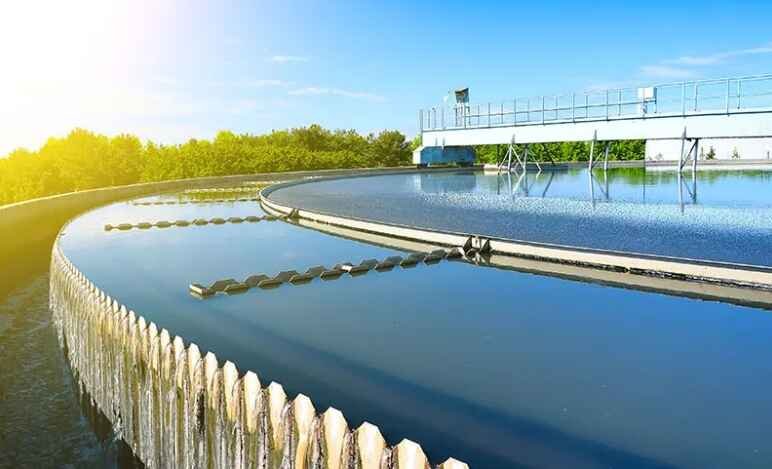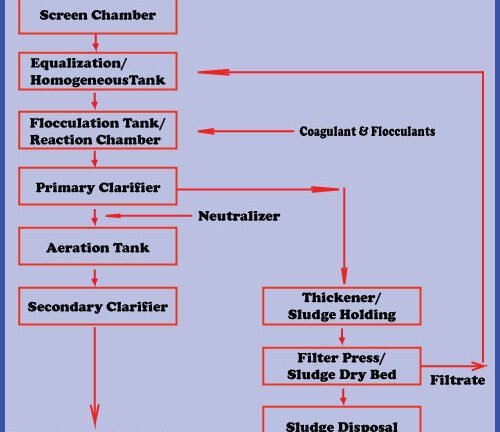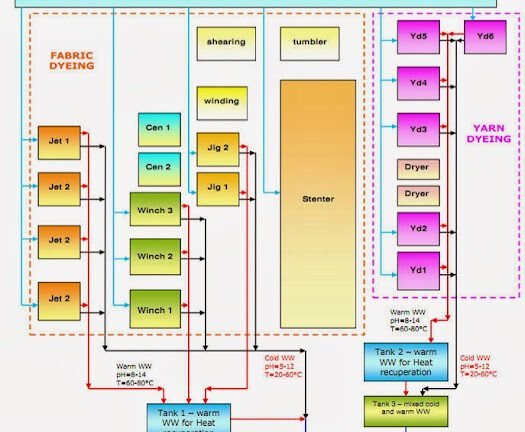Dying Waste Water Treatment Methods for Sustainable Practices
Treating dyeing wastewater is necessary to mitigating its environmental impacts. Large industrial effluents containing dangerous chemicals must be treated to prevent water pollution. Chemical treatment for dyeing wastewater and membrane filter presses remove impurities efficiently. Zero-liquid discharge systems recycle water for sustainability. Silane additives and silicone-based water repellents improve dyeing sludge dewatering and treatment efficiency. […]



